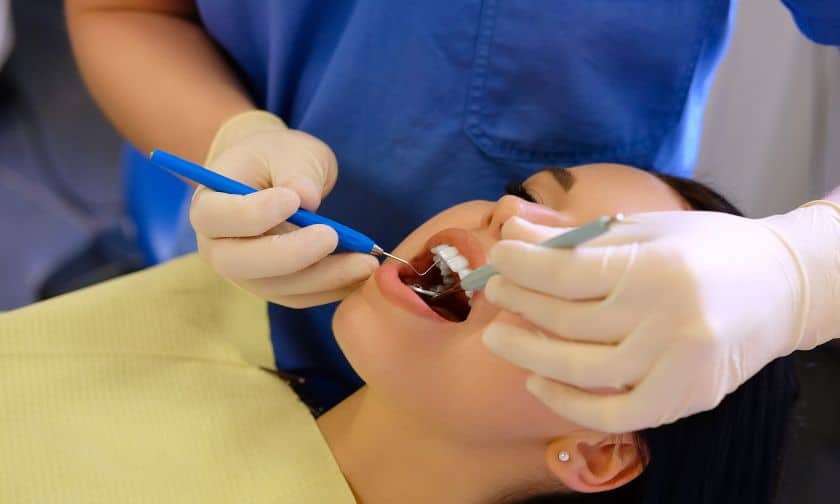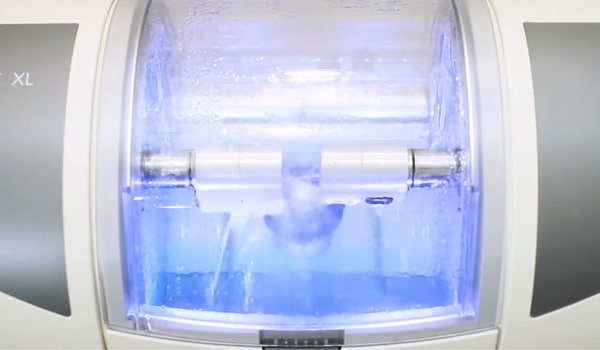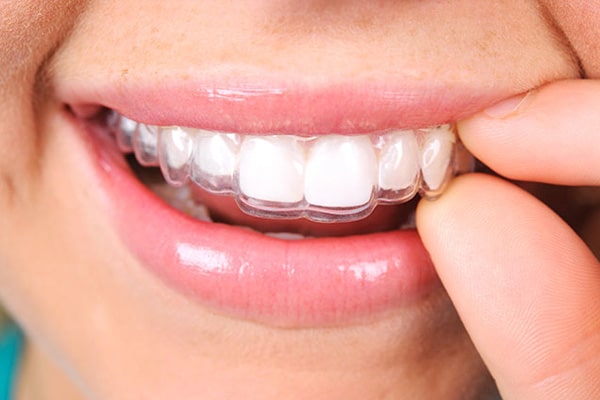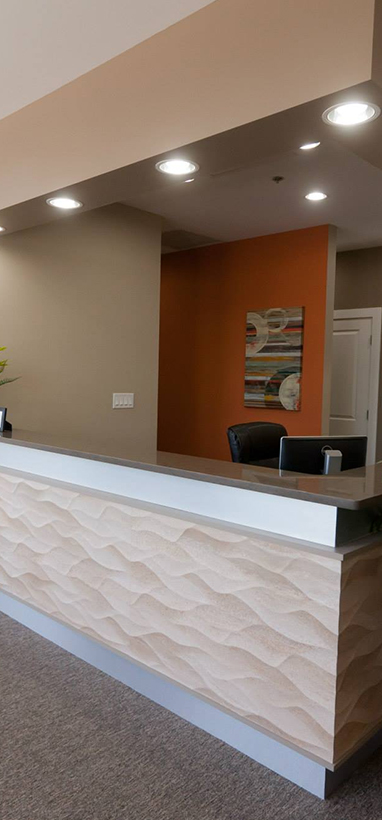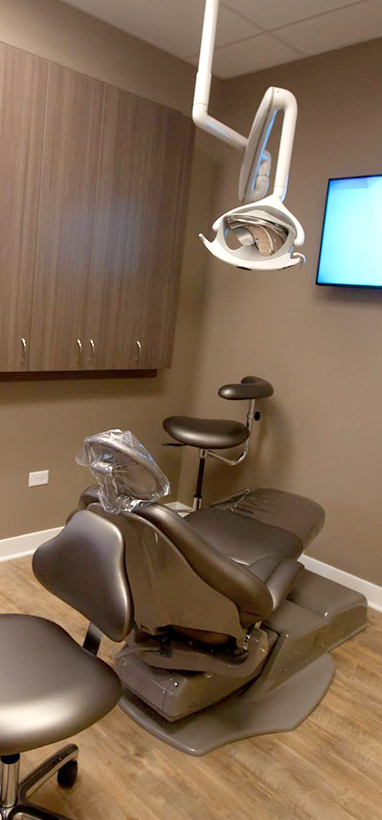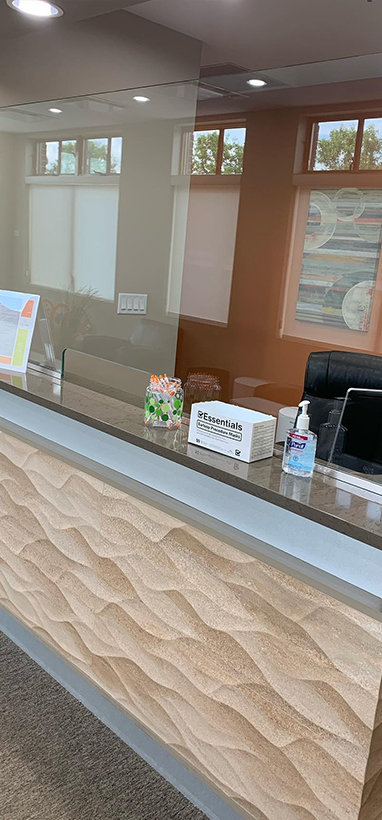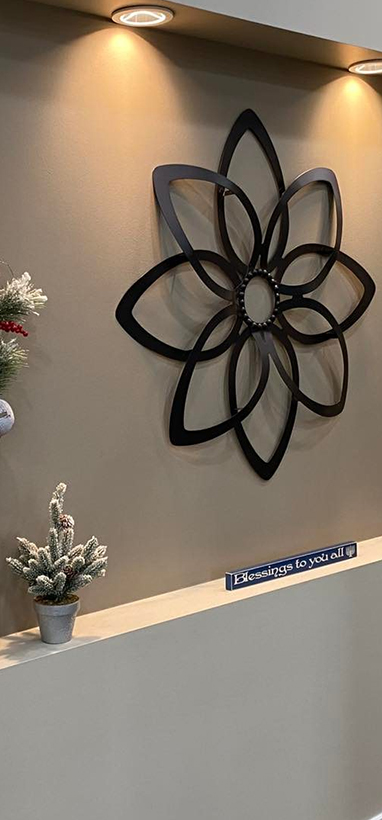1516 Legacy Cir, Naperville, IL 60563
Inlay, Onlay, Filling, Crown and Implant: Which is the best option for you?

Are you experiencing increased sensitivity in your teeth? Or perhaps you have a toothache or pain when you bite down? If so, you’re likely dealing with a cavity or a cracked tooth. Cavities are a common tooth concern and are important to fix to ensure teeth stay strong for years to come. While many of us remember having small cavities as kids that were quickly filled by the dentist, a decaying tooth, depending on severity, can sometimes require a more involved process. We all want healthy, strong, white, and bright teeth – and taking care of any cavities quickly is a great way to ensure your teeth remain strong and clean. However, the best route for repairing your decaying tooth depends on the size of the cavity. From a simple tooth filling to an inlay, onlay, dental crown, or tooth implant, there’s a vast range of options for dental repair. Not sure what these terms actually mean? Don’t worry, we’ve got you covered. At Living Well Dental, we can help with all your dental concerns and find the best solution for your individual needs. But before you commit to a specified treatment, however, it’s important to know your options. So let’s find out which type of tooth repair is best for you.
Inlay
If you have a cavity that’s a bit larger than normal, this is where we use a dental inlay. A tooth inlay is used in a larger cavity where a filling won’t suffice and is fabricated as a solid piece that is shaped to fit into the unique size and shape of your cavity. Once the inlay is properly sized, it’s cemented in place to ensure it remains within your tooth. Typically, an inlay is made with a tooth-colored material that perfectly matches your own tooth enamel. In most cases, a porcelain inlay or gold inlay is used to fill the tooth, but ceramic materials are also available as a long-term solution for a large cavity. Once the decayed part of the tooth is removed, the inlay will be shaped and inserted for a cavity-free, strong tooth. During the process of inserting a tooth inlay, the inlay is bonded to the tooth in a way that can actually make the tooth stronger – great for a long-lasting finish that will keep your pearly whites healthy and strong. While this is a strong choice when dealing with a big cavity, the dental inlay cost can be higher than that of a classic filling, and insurance doesn’t always cover it. And while this is a durable option, with an inlay lasting anywhere from half a decade to two decades, if the tooth begins to decay again the dental inlay may fall out eventually. If it does, your tooth may require additional treatment.
Tooth Inlay vs Filling
So, what’s really the difference between a tooth filling and an inlay? When it comes to a tooth inlay vs filling, an inlay is ultimately best for a larger cavity. While the two could essentially be used interchangeably, a tooth filling is a quicker process, as the tooth is simply filled with a composite material once the cavity is removed. This process can be done in one visit, making it a quick and convenient option. But if you’re dealing with a larger cavity, an inlay will be a better solution.
Onlay
If your cavity has begun to impact the cusps of your teeth, you’ll likely need an onlay. An onlay is similar to that of an inlay, but it extends beyond the center of the tooth onto the top surface – think of the part of the tooth that does the chewing! The tooth onlay is created as one single piece, with your dentist first removing the decayed portion of the tooth and then creating an onlay that matches your tooth’s shape. In the past, a tooth onlay was made of gold, but when made with ceramic or porcelain it can bond better to the tooth, ultimately making the tooth stronger. This process can be slightly more affordable, making the onlay dental cost lower than that of a dental crown. However, creating the onlay does require a higher degree of skill. Additionally, due to the way the onlay is attached to the tooth, years of wear and tear can cause it to fall off based on pressure from chewing and temperature changes, however, it still is a strong option when dealing with a cavity.
Tooth Crown
Next, we have a tooth crown – a popular choice for handling cavities. A crown serves as more of a tooth replacement than an actual repair, creating a tooth cap to go over the decayed tooth. A dental crown is typically used when there is a large amount of decay on the tooth. The decayed portion will be cleaned away, and a piece of ceramic or porcelain will be used to cover the entire outer portion of your tooth. Crowns can even be used to replace an onlay, inlay, or filling when decay returns. While an onlay may be slightly less expensive than a crown, a dental crown is typically covered by insurance, so ultimately the dental crown cost may be lower for you. Therefore, crowns tend to be more highly used by dentists.
Onlay vs Crown
Both an onlay and a tooth crown are great options when repairing a decaying tooth, but let’s compare the two. The main difference is the coverage of the tooth. While an onlay will cover just a portion of the tooth and is expertly shaped and crafted to fit your unique shape, a dental crown will cover the entire tooth. Ultimately, when it comes to deciding between an onlay vs crown, it depends on the amount of decay you’re suffering. If your tooth has a large portion of decay, but it’s not spanning the whole tooth, an onlay will suffice and serve as a good, strong repair option. However, when it comes to greater decay that covers the surface of the tooth, a dental crown will be better and provide the tooth with a long-lasting solution. Both are comparable in price, so it’s based on your specific needs.
Tooth Implant
A tooth implant is the most involved tooth repair option reserved for a situation where your tooth is essentially beyond repair. This option basically replaces an extremely decayed tooth with a durable implant. An implant dental solution involves fusing an implant into the jaw bone and then placing a crown on top of the “tooth” anchor. This is an artificial tooth that replaces the old, decayed tooth and is covered with a crown to look like a real tooth. This serves as a permanent, long-lasting solution to a tooth beyond repair. When it comes to a dental implant cost, this process can get quite pricey as it is a more involved procedure. However, depending on the situation, insurance may help cover the costs.
Crown vs Implant
When it comes to a crown vs implant, the best choice for you depends on the degree of the decay. If the decayed parts of the tooth can be removed while still maintaining the general integrity of your tooth, a dental crown is the best choice as it simply covers the top of the tooth after the cavity is cleaned and removed, preserving your actual tooth. However, if the tooth is extremely decayed, a tooth implant will be the better route as it fully replaces the tooth. This is a permanent solution to a decayed tooth and is best to use when a tooth has reached a severe degree of decay.
The Best Option: Inlay, Onlay, Filling, Crown, or Implant
Are you still unsure about your options and the differences between inlay vs onlay, or crown vs implant? Just remember:
- Filling: Best for a regular-sized cavity as it simply drills out the cavity and fills it with a composite
- Inlay: Cavity is too large for a filling, but does not yet impact the cusp of the tooth
- Onlay: Cavity is too large for a filling and has begun to interfere with the chewing surface of the tooth
- Crown: More serious dental decay impacting a large surface of the tooth
- Implant: Reserved for a tooth that is extremely decayed, fully replacing the decayed tooth
Conclusion
Ultimately, the best choice for your tooth depends on how far along the cavity is. If it’s small and was caught early, you can be in and out of the dentist in one day with a simple filling. However, if the decay within the tooth has gotten extreme, it may be time for a more involved treatment option. No matter your tooth’s needs, Living Well Dental Group will find the best solution for you. To make sure your pearly whites are strong and clean, book an appointment online or call us at 630-505-1516 today.



